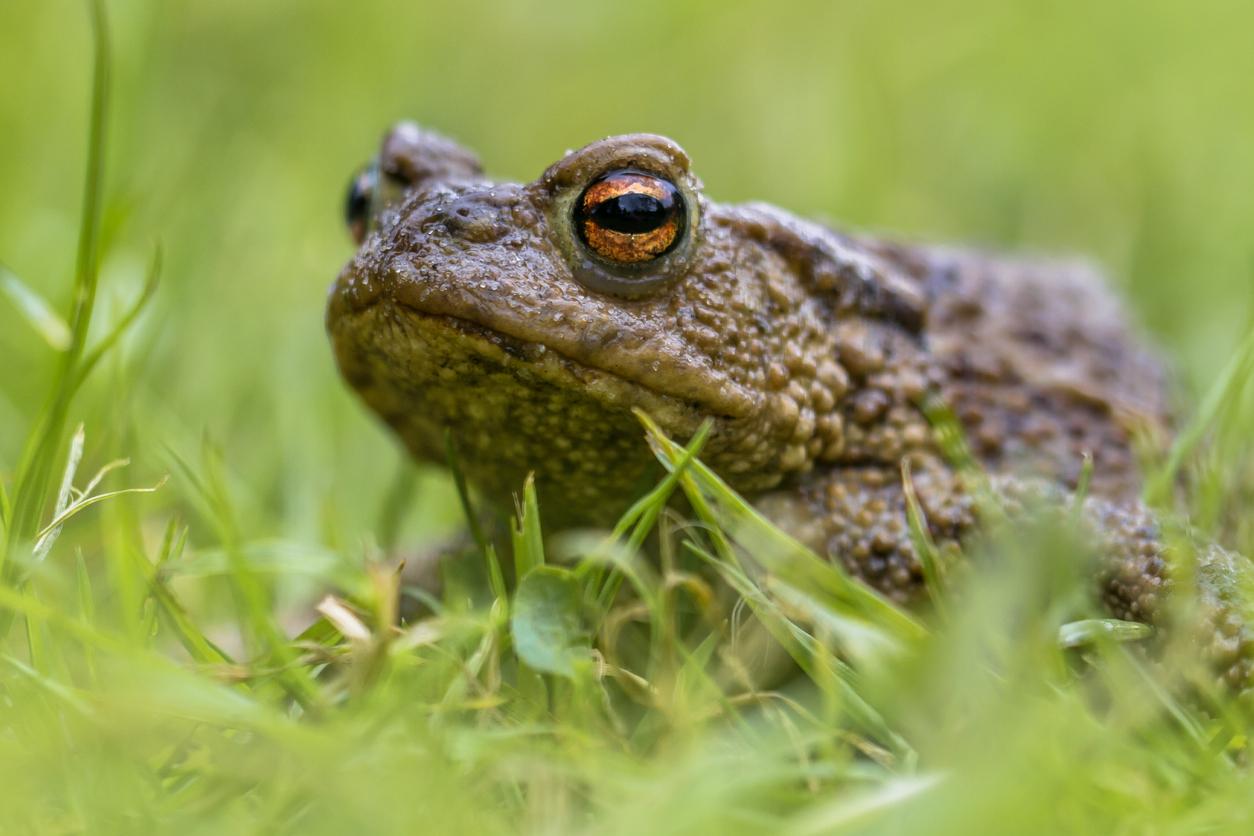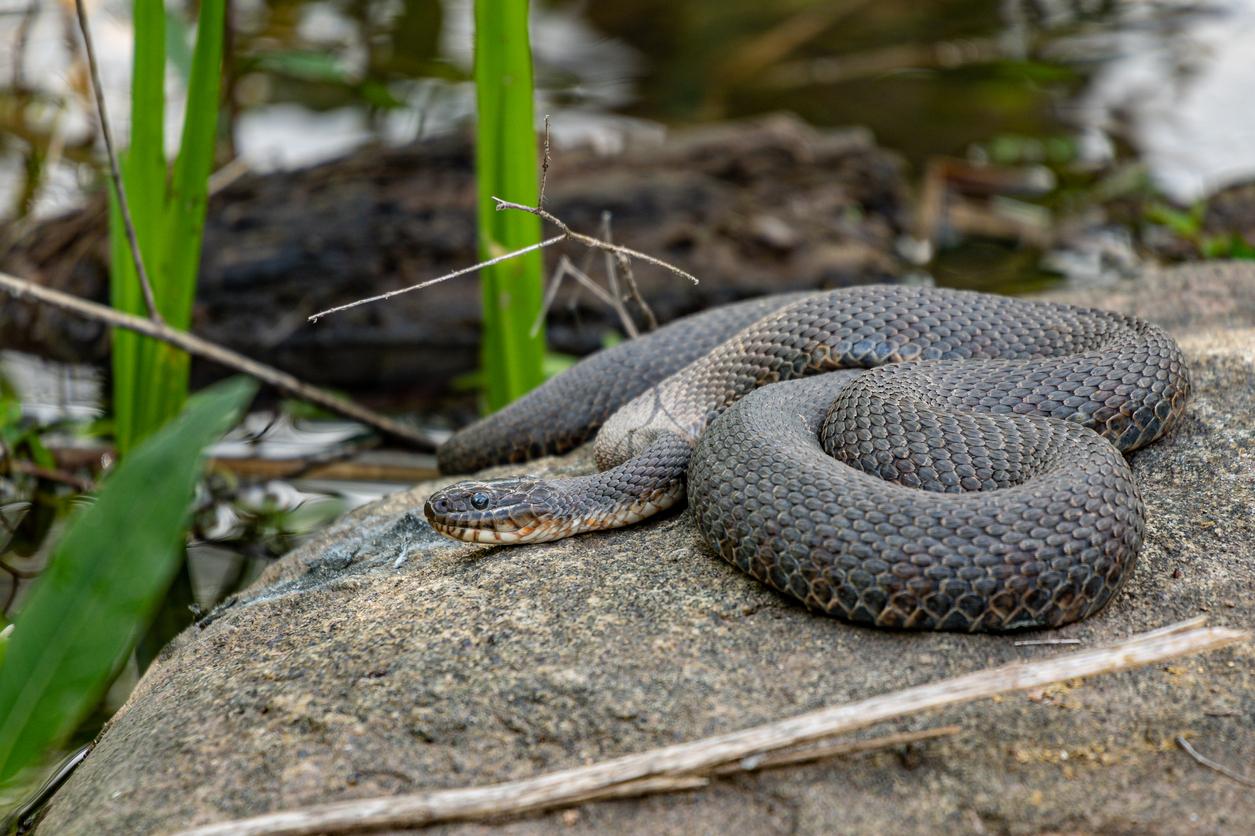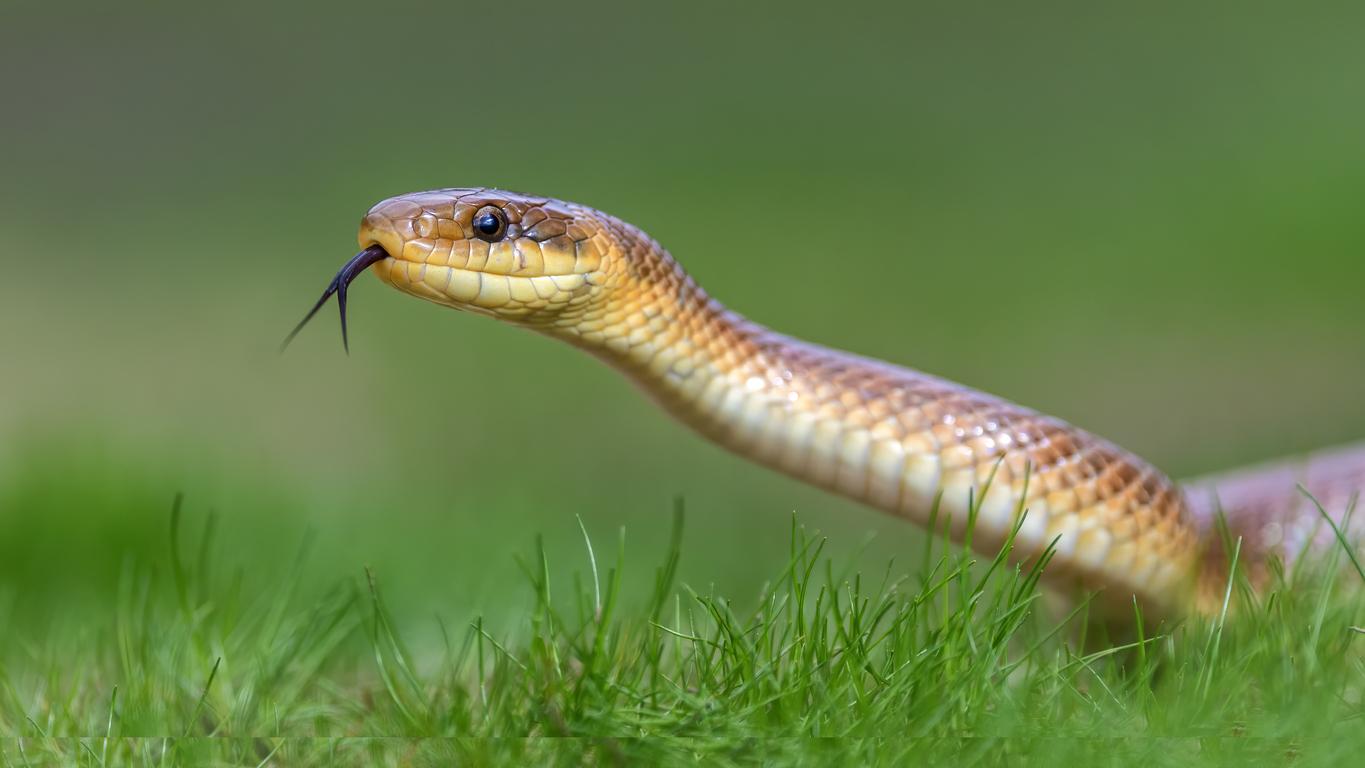The venom of the blue coral snake could strengthen the therapeutic arsenal of painkillers, according to Australian researchers.

The coral serpent (Calliophis bivirgatus) is one of the most poisonous reptiles in the world. Its contrasting and disturbing colors have made its notoriety, but it has however been very little studied. This is the observation made by Australian researchers in an article published in the journal Toxins, by analyzing the powerful effects on the nervous system of a toxin present in its venom, which they called calliotoxin. It could constitute an interesting avenue of research in the area of painkillers.
This tiny snake from Southeast Asia has oversized poison glands, which extend over almost a quarter of its body. When it has to face a prey, or more often a predator, its speed allows it to bite easily and inject a large dose of poison.
An action on the central nervous system
This one does not kill immediately. It causes shock to the nervous system, and triggers spasms and catatonia of the whole body. Unlike the neurotoxic venoms of other snakes, which rather cause flaccid paralysis, the affected animals are quickly immobilized here, as if frozen.
The toxin works by blocking the sodium channels, which support the electrical signal in the central nervous system. “This venom affects a particular type of sodium channel, which is important in the treatment of pain in humans,” explains Professor Bryan Fry of the Venom Evolution Laboratory at the University of Queensland (Australia).
It could add to the list of venoms from the animal and plant worlds used in medicine. The best known is undoubtedly that of the jararaca, a snake from South America that kills its prey by lowering their blood pressure. It is the source of a blood pressure medication, captopril.
.

















